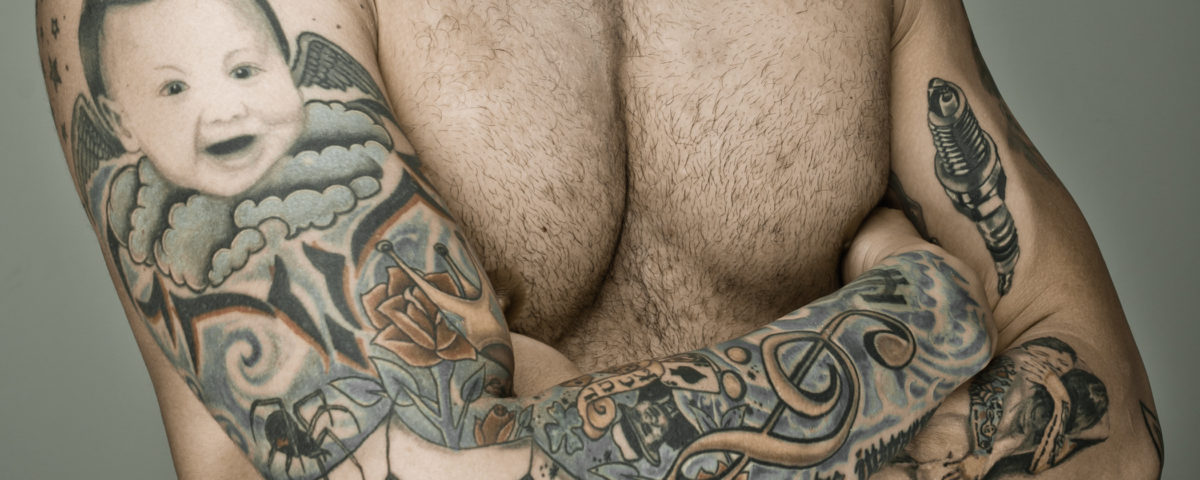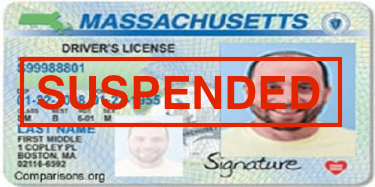Can Tattoos Be Used As Evidence?

Tattoos: Body art, boast, confession?
When body ink meets the legal system
Tattoos have a lot to say about those who have them.
At least, that’s what judges in some recent court cases have decided. Others have ruled that no, sometimes a tattoo is just a tattoo.
The trial of Aaron Hernandez, former New England Patriots tight end and convicted murderer, who is now under criminal prosecution for a double murder and a previous murder, has brought the issue of body art as evidence to the forefront.
There are many legal questions about tattoos in recent court cases. Legal experts differ on whether a tattoo can be seen as a boast about a past action; as an accurate depiction of a person’s attitudes; or whether they are prejudicial to a fair trial.
In the case of Hernandez, already serving a life sentence for a previous murder, the question is whether tattoos may be considered as evidence of a virtual “confession” or boast of a crime. Hernandez has tattoos which match the weapon and number of bullets of the three crimes he is accused of having committed.
Tattoos are nothing new in court cases. Often, witnesses remember a tattoo, which becomes a way of identifying a suspect. But tattoos as an identification tool is a different thing from tattoos as evidence.
The issue is that many people get tattoos of many different things for many different reasons. There are tattoos that denote gang affiliation, and different “codes” for other criminal pursuits (teardrop = murder; spider web = prison time). But there are people who get teardrops or spider webs for completely different reasons. Body art is usually not specific enough to be considered strong evidence of a crime.
Hernandez had a tattoo of a revolver with five bullets. He is alleged to have used a .38-caliber revolver to murder two men with five shots.
He also has a tattoo of a semi-automatic handgun and a spent shell casing with a puff of smoke. The other murder he is being accused of was committed with a single shot from a semi-automatic weapon.
The tattoos, added after the alleged crimes occurred, are, Suffolk First Assistant District Attorney Patrick M. Haggan argued, “in fact an admission” of guilt. Defense Attorney Ronald S. Sullivan responding with charges of “rank speculation.” “That people get tattoos with a gun on them does not mean that the Commonwealth is allowed to file inference on top of inference on top of inference and get to the point that this is an admission,” he added. Clarissa Breen, as assistant professor of criminal justice at Buffalo State College, agreed. “You can say he was very proficient with a firearm and likes guns and therefore had tattoos of the guns as a means of showing strength or showing an ability to protect himself,” she explained. In other words, sometimes a gun is just a gun.
In another recent case, a California gang member thought it would be cool to have a tattoo which depicted the scene of the fatal liquor store shooting for which he was later convicted. The tattoo showed an impressive amount of detail of the crime scene, along with a helicopter spraying bullets at a victim. The gang member’s nickname was “Chopper.” A prosecutor called the tattoo a “non-verbal confession.”
And, in yet another case, in Florida, a judge has allowed the defense to require the court to pay for a makeup artist to cover up a swastika tattoo on the neck of a self-described neo-Nazi. The defendant is accused of stabbing his neighbor and killing a friend of his neighbor’s son. His lawyers argued that his “scary” tattoos, which also included barbed wire on his face, could influence the jury. They won, and the defendant was allowed to have his tattoos covered. The defendant was convicted anyway. Prosecutors said the man targeted his neighbor because she was friends with a black man, and he killed her son’s friend because he was gay.
Other questionable body art decisions include a Kansas man who faced the awkward situation of being charged with murder, while having a tattoo of the word “murder” spelled backward on his neck. He was given permission to wear a turtleneck to cover it up during his trial. And, in Indiana, proving that stupidity has no boundaries, a twice-convicted killer got a tattoo proclaiming, “Death Row X 3” right before going on trial for allegedly killing a third person. He was allowed to grow his hair to cover the tattoo before the trial began.
It is not clear whether, in these cases where tattoos were allowed to be covered, there was any exploration into the defendants’ stated intent when the tattoos were inked, or whether they claim to have had any change of attitude toward those tattoos since.
When people with tattoos stand accused of a crime, should their body art be relevant? If the tattoo seems to be a notation of that crime, then maybe it should. Should tattoos that are not specific but are violent, racist or otherwise abhorrent be seen as prejudicing a jury and therefore standing in the way of a fair trial? Some judges think so. When the inked go on trial, should their tattoos speak for them? Maybe it’s best to just stick with flowers and hearts, after all.


